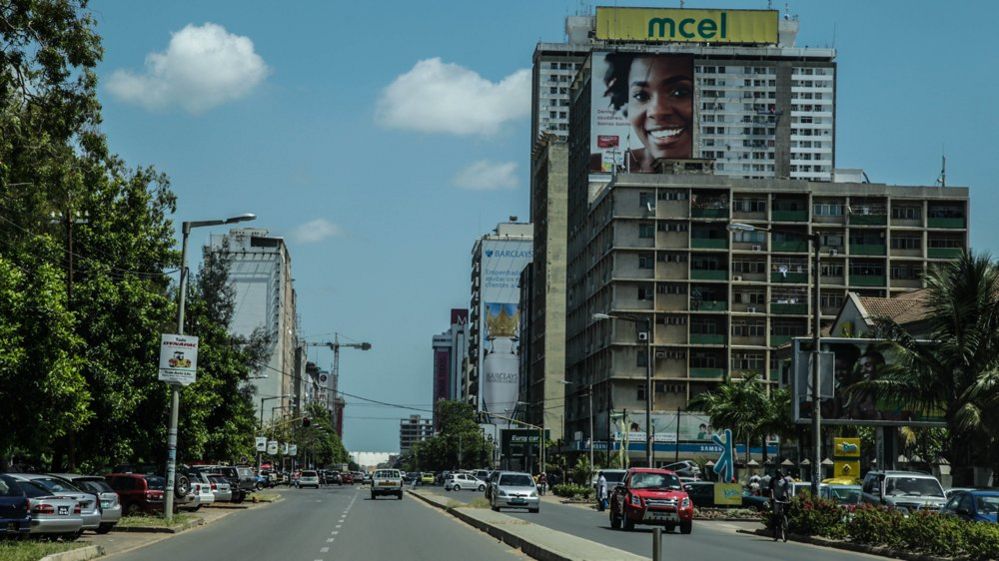A recent report from Mozambique’s Instituto Nacional de Estatística (INE) reveals shifts in family economic patterns.
Between 2019/2020 and 2022, rural households saw an expenditure increase from 5,741 meticais (€81.90) to 6,680 meticais (€95.30), while urban households maintained around 12,500 meticais (€178.30).
Despite facing terrorist threats, Cabo Delgado’s expenditure was the lowest at 5,213 meticais (€74.40).
Notably, Maputo’s spending, which previously led the nation, decreased from 25,912 meticais (€369.5) in 2015 to 17,076 meticais (€243.50) in 2022.

Nationally, major expenses include food and beverages at 3,358 meticais (€47.90) monthly.
Housing, utilities, and transport are also significant. Salaries contribute to 36.4% of family revenues, followed by self-consumption and family goods sales.
Urban families, interestingly, earn roughly double compared to their rural counterparts.
Demographically, of the 6.9 million families in 2022, 20% had over seven members. Families, on average, consist of 4.6 individuals.
Age and family size play roles in consumption, with larger or diverse-age families prioritizing education and health.
71% of Mozambican households are male-headed, and 50% of these leaders are below 41 years. Mozambique’s population is 31.6 million, with 49.2% aged 15-64.
Employment-wise, 73.2% of those aged 15 or older worked in 2022, mainly in agriculture, engaging 75% of workers.
In urban areas like Maputo, commerce, and finance prevail.
Education strongly ties to employment, with over 90% of the uneducated population working in agriculture.
In summary, INE’s findings illuminate Mozambique’s economic dynamics, familial structures, and job sectors, highlighting the urban-rural divide and the dominance of agriculture.

